Content

Credit, or decrease, your cash account by the amount by which you must replenish the petty cash account in the journal entry. Count the money remaining in your petty cash account at the end of an accounting period. Now subtract the amount remaining from the account’s original balance to determine by how much you need to replenish the account. In the example, if your petty cash account’s original balance was $1,000, subtract $550 from $1,000 to get $450, which is the amount by which you need to replenish the account. In practice, the cash over and short account can only have a debit or credit balance.
If there is less cash on hand than was expected, this is referred to as a “cash short” situation. Companies often maintain a cash over and short account in the general ledger to track these discrepancies. The physical transactions for petty cash, cash short and over need recording with the appropriate journal entries.
Featured Businesses
Every time a register is short, the company’s expenses increase and profits decrease. A series of cash overs and shorts may be a sign of theft or other problems in the company. The cash over and short account is used when an imprest account, such as petty cash, fails to prove out. The account is typically left open until the end of a company’s fiscal year, when it is then closed and reported as a miscellaneous expense on the income statement. Debit your cash short and over account in your journal entry by the amount of cash short. Alternatively, credit your cash short and over account by the amount of cash over.

Cash Over and Short acts as an Expense account when there is an shortage. It’s an “other expense” for you, not a normal expense like paying your bills. This account is used to record both increases and decreases to profits resulting from errors. The Company’s marketable debt and equity securities are carried at fair value, with the unrealized gains and losses, reported either as net income or, net of taxes, as a component of shareholders’ equity (IFRS 9). The cost of securities sold is based on the specific identification model. Cash can be classified as a long-term asset if they are designated for specific purposes such as a plant expansion project, or a long-term debt retirement, or as collateral.
2.1 Internal Control of Cash
For example, a company would be cash over $8 if its general ledger showed a balance of $200 for its cash fund but the company actually had $133 in cash and $75 in receipts (for a total of $208). Cash over situations can be thought of as the opposite of cash short situations. Cash over occurs when there is more cash on hand than what was expected/recorded in a company’s general ledger. The cash over and short account is a temporary account that is closed out at the end of the accounting period. The over or short amount is then eventually integrated with the income statement and, in cash short situations, will result in a decrease in net income. A cashier working at a company’s retail store conducts a transaction with a customer in which the customer accidentally underpays.
- Usually, this cash is included in current assets, since for most foreign currencies satisfy the concept of being readily convertible.
- A cash short and over account is an account of income statements in which cash overages or shortages are reported.
- Cash Short and Over is used to balance the journal entry when actual cash
received does not agree with the cash amounts indicated on the paperwork for the
day. - The company uses a special machine to help with the production of its product.
- In cases like this, businesses may want to consider installing security cameras or hiring additional staff to help with transactions and to prevent future mistakes.
- In this case, the extra $10 would be credited into the cash over and short account.
In practice, this journal entry will also incorporate other aspects of the underlying transactions. The use of physical cash has decreased cash short and over due to banking and various online alternatives. However, some companies still use petty cash as a regular part of their activities.
The cash over and short account
An income statement provides a summary of a company’s revenue and expenses for a period of time. Revenue is the total amount of money that a company has earned from its activities during a period of time, while expenses are the costs that a company incurs while generating its revenue. The total amount that a company is over or short in an accounting period will affect its net income https://www.bookstime.com/ (total revenue minus total expenses). For example, if a company records a cash over entry of $7, this will increase its net income by $7. On the other hand, if a company records a cash short entry of $7, this would decrease its net income by $7. When a business experiences repeated “cash over” or “cash short” situations, it may be indicative of a larger problem such as theft.
A company’s cash over or cash short amount will affect its net income for the period in which the discrepancy occurred. For example, a company with a $7 cash over entry would experience a resulting $7 increase in its net income for that period. Cash Short and Over is used to balance the journal entry when actual cash
received does not agree with the cash amounts indicated on the paperwork for the
day.

